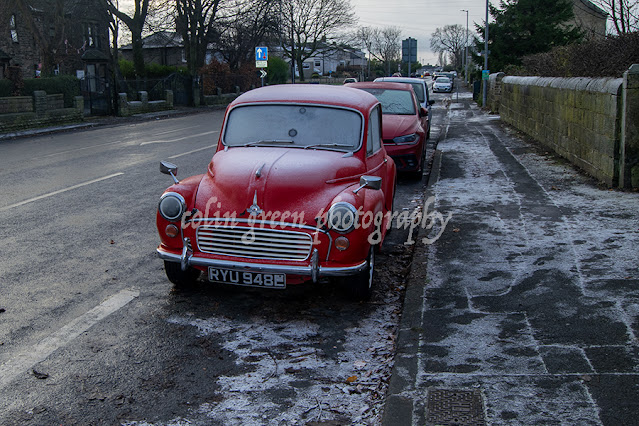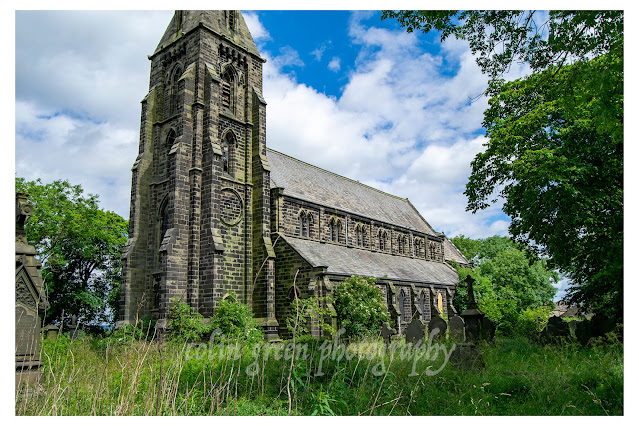Nestled in the heart of Bradford, Bolling Hall stands as a testament to the city's rich history. This magnificent Grade I listed manor house, with its origins dating back to the 13th century, offers visitors a captivating journey through time.
A Brief History
Bolling Hall has witnessed centuries of change. It has served as a family home, a stronghold during the English Civil War,and a symbol of the industrial revolution. The hall's architecture reflects its evolution, with elements of medieval, Tudor,Georgian, and Victorian styles.
Exploring the Hall
A visit to Bolling Hall is a delightful exploration. Wander through the beautifully preserved period rooms, each offering a glimpse into different eras. Admire the intricate details, from the ornate fireplaces to the antique furnishings.
Highlights include:
- The Great Hall: A spacious and impressive room with a stunning inglenook fireplace.
- The Victorian Kitchen: Step back in time and experience the challenges of Victorian domestic life.
- The Servants' Quarters: Discover the lives of the people who worked behind the scenes.
- The Gardens: Enjoy a peaceful stroll through the beautifully landscaped gardens.
Events and Activities
Bolling Hall regularly hosts a variety of events and activities, making it a great destination for families and history enthusiasts. From exhibitions and workshops to themed events and live performances, there's always something to discover.
A Must-Visit for History Lovers
If you're looking for a fascinating and educational experience, Bolling Hall is a must-visit. With its rich history, stunning architecture, and engaging exhibits, it's a captivating destination that offers something for everyone.
The pictures I took were in the gardens, they show the magnificent of the hall on a cool December morning. They were taken using a Nikon d3300 on the 10th December 2022, they can also be seen in a higher resolution on my Clickasnap account.
Clicking the images should open a link in another window to a higher resolution version on Clickasnap. Please take a moment to view my Zazzle stores and Photo4Me profiles via the links below, I offer copies of my images on a number of different products there.
All the images remain the copyright of Colin Green.
























































